On the afternoon of August 25, information from Can Tho Central General Hospital said that hospital doctors had just saved the life of a patient in critical cardiac and respiratory arrest.
Previously, Can Tho Central General Hospital received information from Can Tho City Obstetrics and Gynecology Hospital announcing the transfer of a 50-year-old female patient from Hau Giang province who suddenly suffered from cardiac arrest and respiratory arrest and was in critical condition. The diagnosis at the time of transfer was pulmonary embolism, complications of circulatory and respiratory arrest; the patient was on the second day after hysteroscopy.
At Can Tho Central General Hospital, the patient was admitted in a coma, had to be pumped through an endotracheal tube, had very low blood pressure despite using high doses of vasopressors, had severe respiratory failure, and severe metabolic acidosis...
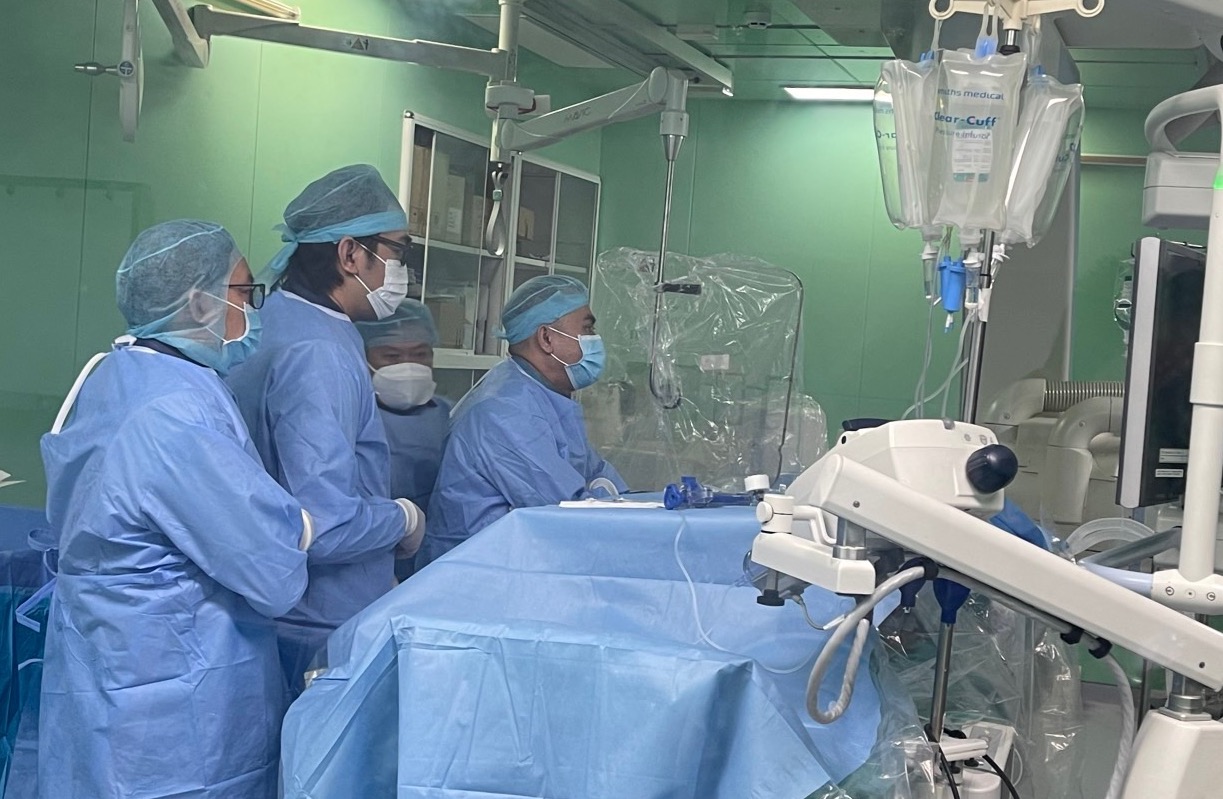
The team performed digital subtraction angiography to diagnose the cause of the patient's circulatory arrest.
Fortunately, thanks to the pre-activated inter-hospital red alert process, as soon as the patient was admitted, the emergency steps at Can Tho Central General Hospital were prepared. Through consultation with specialists, the patient was urgently treated with emergency treatment, mechanical ventilation, anti-acidity... At the same time, specialized techniques were performed to diagnose the cause of respiratory arrest. The coronary angiography results were normal, no pulmonary embolism, no cerebral hemorrhage. Immediately afterwards, the patient was transferred to the Intensive Care - Anti-Poisoning Department for treatment with a diagnosis of tricuspid valve regurgitation, pulmonary hypertension, septic shock, multiple organ failure, and severe metabolic acidosis.
The patient was also prescribed continuous blood filtration, using the PICCO system to monitor hemodynamics, treat infections, nutrition, and mechanical ventilation. It took more than 7 days of intensive treatment for the patient's condition to gradually stabilize, overcome the critical stage, stop vasopressors, stop continuous blood filtration, wean off the ventilator, and successfully remove the endotracheal tube. In particular, the patient's consciousness recovered well.
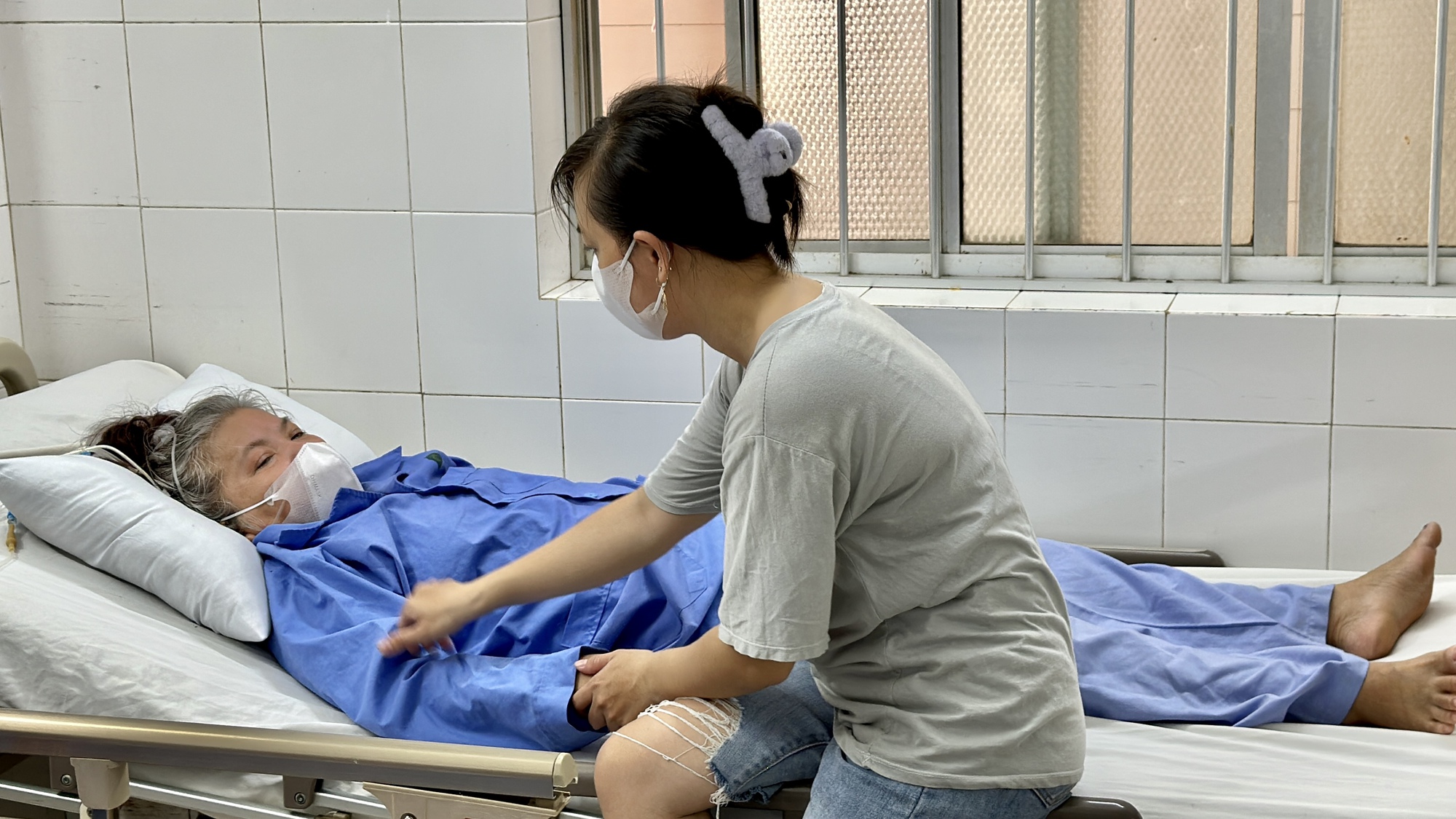
The great success of the emergency operation was that the patient had no neurological sequelae after cardiac arrest.
Sharing about the above emergency case, Dr. Duong Thien Phuoc, Head of the Department of Intensive Care - Anti-Poison, Can Tho Central General Hospital, said that circulatory arrest is a condition of sudden interruption of the normal blood pumping activity of the heart, causing blood flow to the organs to stop. This is a condition with a very high mortality rate of 80-90% and leaves very serious sequelae if not treated properly and quickly. According to statistics in the US, circulatory arrest occurring outside the hospital has a mortality rate of over 90%.
The most dangerous is the impact of post-cardiac arrest syndrome, a pathological process characterized by three main lesions: Post-cardiac arrest brain injury; post-cardiac arrest myocardial dysfunction; response to systemic ischemia/reperfusion. The severity of the above lesions is not uniform, in which brain injury remains the most common cause of death.
According to Dr. Phuoc, the above case was very serious and the great success was that the patient had no neurological sequelae after cardiac arrest. To achieve this success, many factors were required, especially the inter-hospital red alert process to maximize its effectiveness. Along with that was the synchronous and effective coordination between specialties in treating the patient.
Source link





![[Photo] Closing of the 11th Conference of the 13th Central Committee of the Communist Party of Vietnam](https://vstatic.vietnam.vn/vietnam/resource/IMAGE/2025/4/12/114b57fe6e9b4814a5ddfacf6dfe5b7f)
![[Photo] Overcoming all difficulties, speeding up construction progress of Hoa Binh Hydropower Plant Expansion Project](https://vstatic.vietnam.vn/vietnam/resource/IMAGE/2025/4/12/bff04b551e98484c84d74c8faa3526e0)



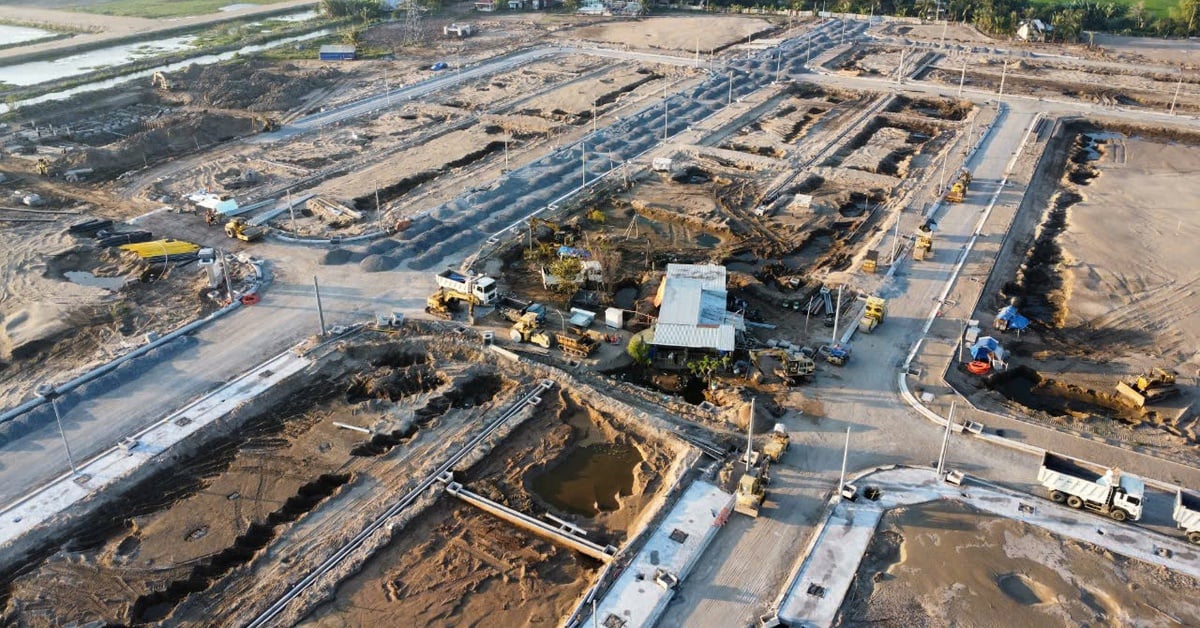

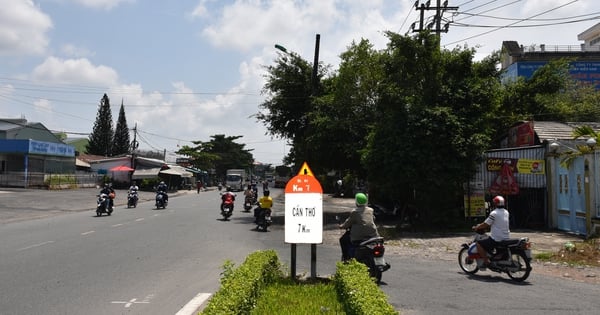



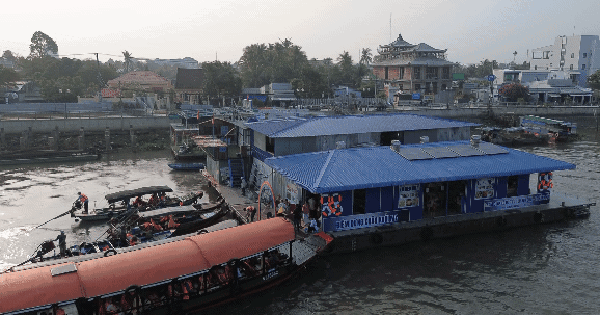

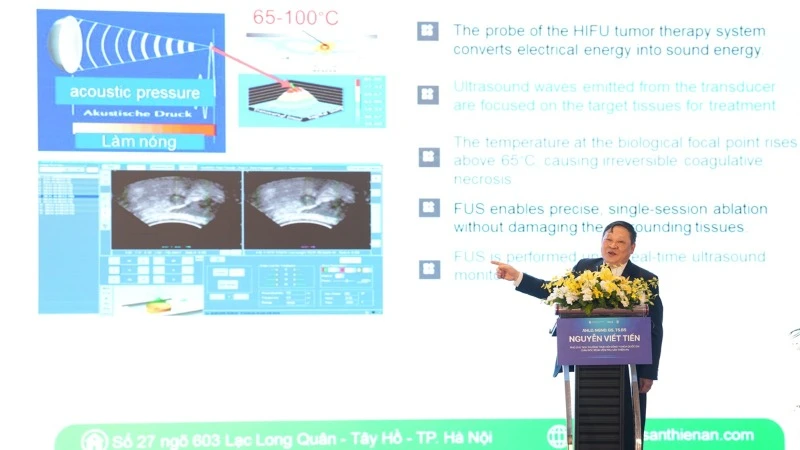
![[Video] First time in Vietnam: Successful implantation of 3rd generation partial artificial heart](https://vstatic.vietnam.vn/vietnam/resource/IMAGE/2025/4/12/8817412224094c68ba2c744b7bd5cfea)



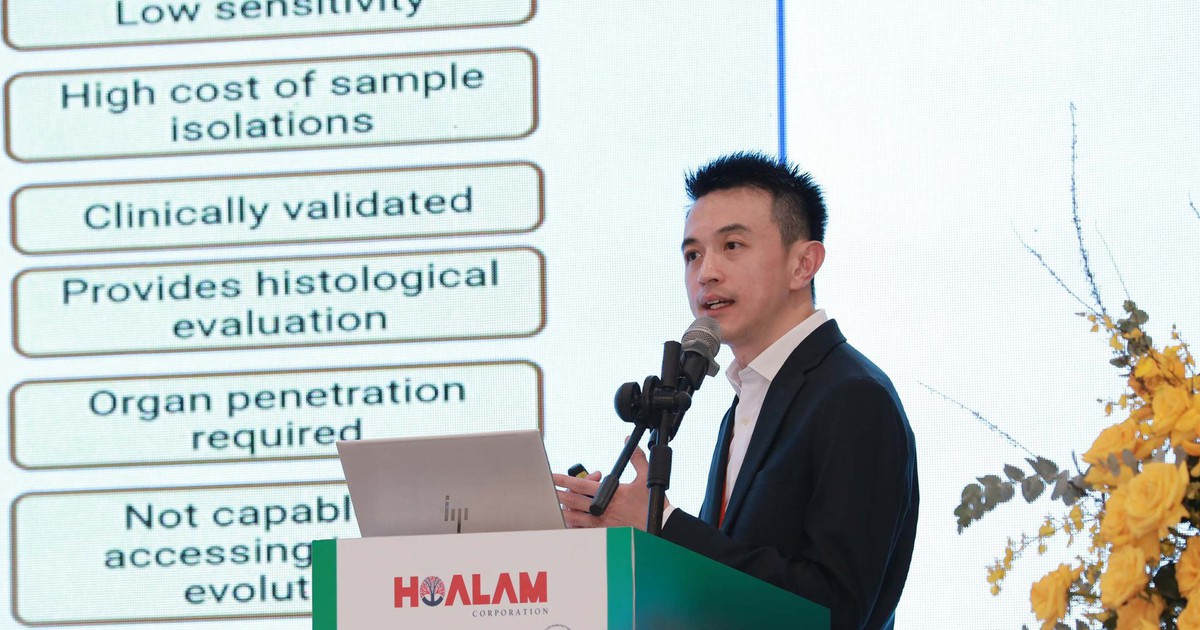





































































Comment (0)